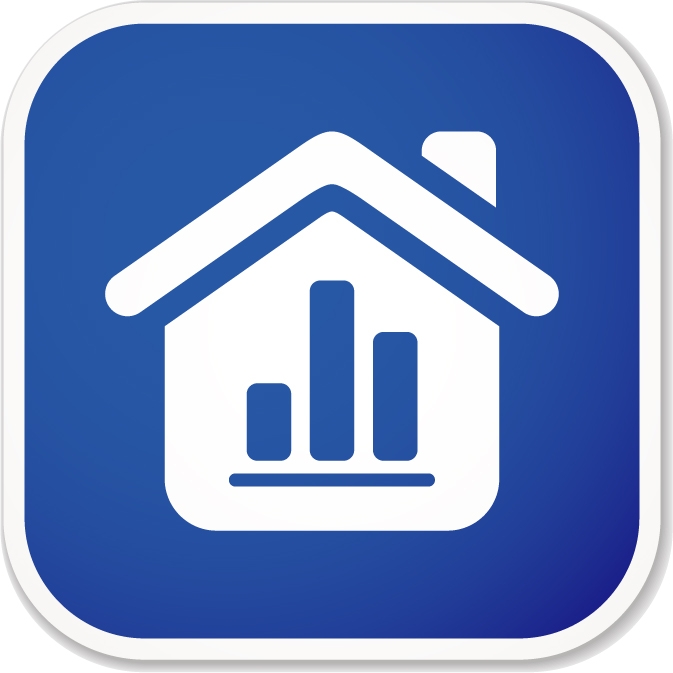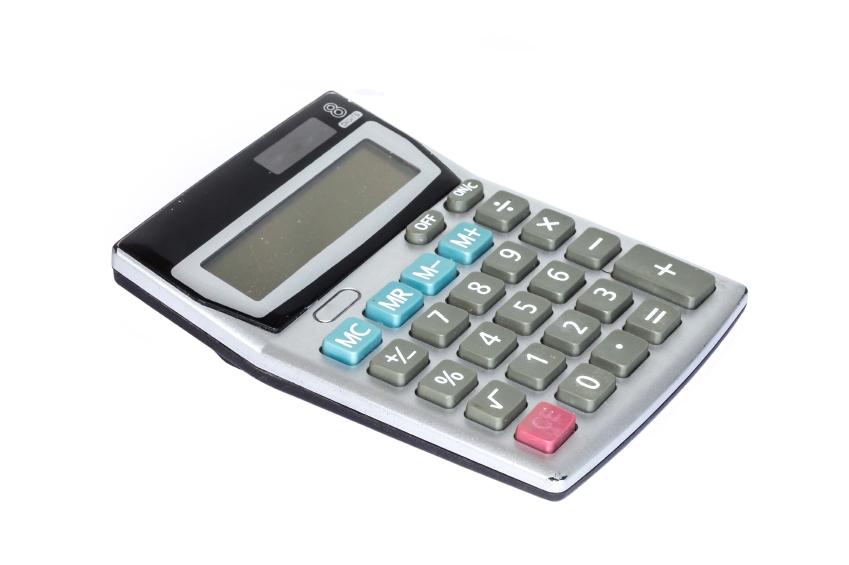Are you ready to take the leap into homeownership?
 Weighing out the pros, cons, costs, and considerations is the best way to help you determine if you are ready to own a home.
Weighing out the pros, cons, costs, and considerations is the best way to help you determine if you are ready to own a home.
Renting
Pros
Renting is a wonderful first step to living on your own. Given that it lacks long term commitment many rental agreements generally only last one year. Renting is an affordable and accommodating option for most people.
Cons
You’re essentially paying off someone else’s Canadian mortgage rate, as opposed to investing in your future. In addition to this, your rental agreement will have its own set of rules that you will be required to follow during your tenancy.
Buying
Pros
The current best mortgage rates enable you to borrow money cheaply right away. Furthermore, owning a home will help to provide you with a sense of security and comfort. You have freedom to update it as you please and improve on your investment.
Cons
You will need to be personally and financially prepared for homeownership. Expect your stress levels to increase given your monthly budget.
Costs
Renting
Renting provides low initial costs. Your costs are a predictable expense and thus easy to budget around.
Buying
Saving up for a down payment requires substantially more money. Also, there are hidden expenses that turn up unexpectedly. Finally, if you secure a low mortgage rate today, you will need to keep in mind that your payments may go up when it comes time to refinance.
Investment
Renting can be considered an investment if the money that you’re saving is going towards a future down payment. Buying a home can be considered a good investment only if the property value increases. It could also provide a possible source of income if you choose to rent out a room or convert the basement into an income suite.
Buying a home is a big investment. Make sure you’re ready to make the commitment. Contact a mortgage broker to learn more about the pros and cons of homeownership.
 There are several stages of the Canadian mortgage rate approval procedure when you apply for a mortgage. It is essential to understand what they are and what they really mean.
There are several stages of the Canadian mortgage rate approval procedure when you apply for a mortgage. It is essential to understand what they are and what they really mean.

